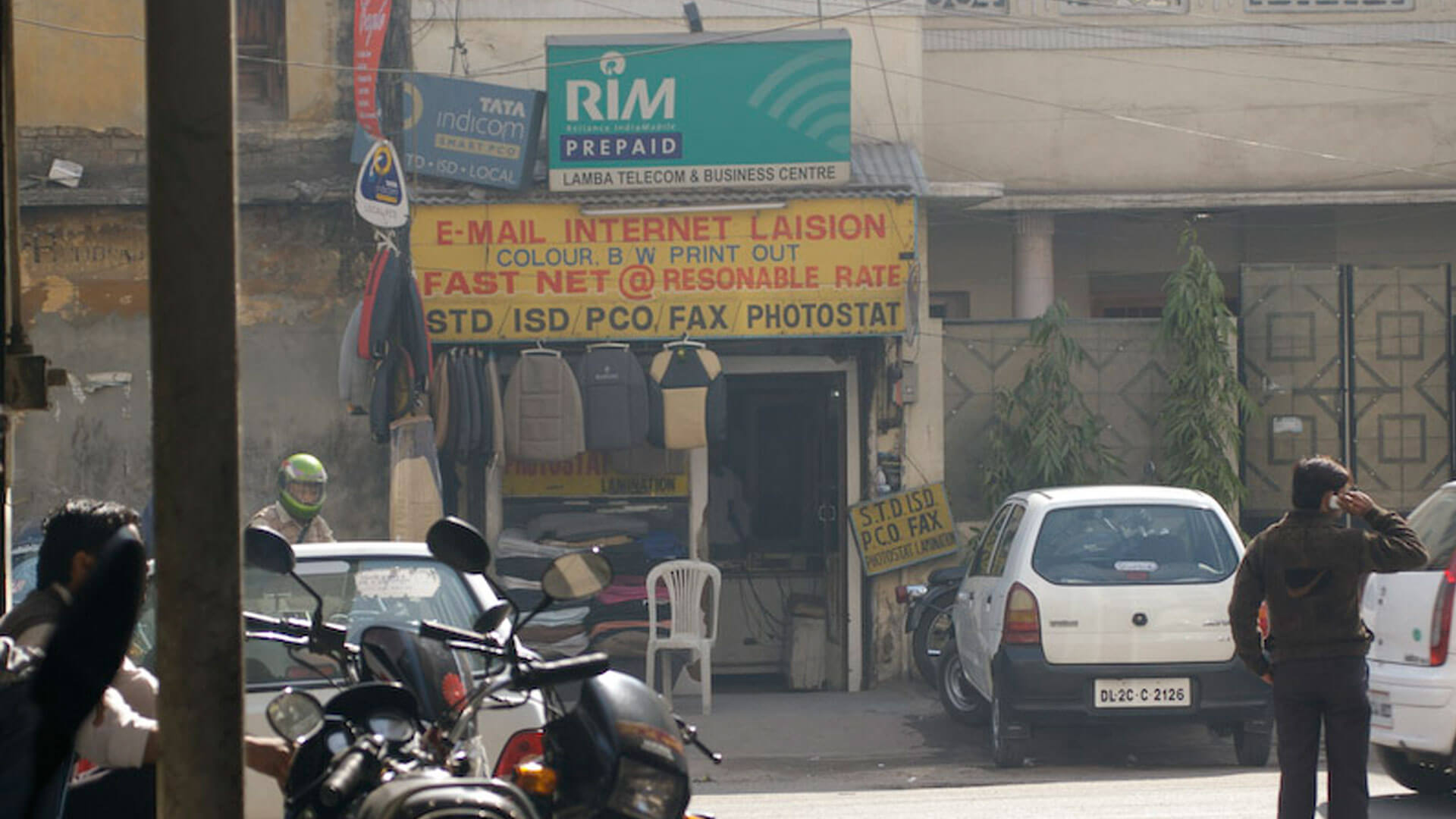India’s private corporate sector is more prominent today than at any time in the past. Its chieftains are listed among the richest persons in the world. The Indian government’s growth plans now explicitly centre on the country’s largest firms, with the aim of creating a few ‘national champions’ capable of competing globally. A research report regarding the house of Adani shook the Indian markets, and became a national political issue.
In this special issue, Rahul Varman looks at the development of the telecom sector, with a broader question: What does it tell us about the character of India’s big capitalist class?
The first phase of the post-1991 telecom development was not one of industry-building. Rather, it was a story of resource capture and wild financial speculation. The critical natural resource (spectrum) was captured by various firms, with credit from public sector banks and speculative investment from foreign and domestic big capital. Manipulating or capturing State agencies was key to annexing resources at low prices. As is characteristic of speculation, some firms/investors struck it rich, some lost money, all in a chaotic and wasteful manner.
The second phase was of capture of market share through the use of massive financial clout. The only product differentiation was in price; hence market shares would go to the firms with largest financial clout to wage cut-throat price-wars. Once Reliance had captured the largest market share, it drew down its mammoth debt by selling off large chunks of Jio to foreign firms. While centralisation of capital in the countries of classical capitalism took place through a combination of two processes (one, the economies of large-scale production and two, the credit system, i.e., finance), in the case of India’s telecom it was solely a financial operation. International finance capital has large stakes in India’s leading telecom firms. The firms’ massive financial clout, however, was not deployed to create an independent technological base. After three decades the industry remains heavily dependent on imports of know-how, even for handsets.
The telecom industry has been reduced to just two or three firms, with hardly any competition among them. Throughout, instead of the State agencies regulating the firms, it is the firms which have regulated the State agencies according to their needs.
We hope readers take the time to read this detailed study to get a concrete sense of the character and operations of India’s monopoly capitalist class.

